Data Trends 2025: Pulmonology





Reviewed by: Stephanie R. Knudson, MD, Associate Professor, Department of Clinical Medicine, University of Colorado School of Medicine, Aurora, Colorado
Dr. Knudson has disclosed no relevant financial relationships.





Veterans experience unique risk factors for respiratory diseases, including environmental exposures such as Agent Orange and burn pits, and behavioral factors such as increased cigarette smoking.1-3 Veterans with obstructive pulmonary diseases also have high rates of mental and physical health comorbidities, with approximately 15% of this population reporting probable major depressive disorder (MDD), and another 15% reporting probable generalized anxiety disorder (GAD).4
Chronic obstructive pulmonary disease (COPD) is more prevalent in veterans than civilians overall (8-19% vs 6%), but this varies with age.1,4,5 Prevalence is similar between younger civilians and veterans, but higher in veterans aged > 60 years compared to age-matched civilians.1 Veterans also experience high rates of sleep apnea, which is 28% more likely in veterans with TBI compared with veterans without TBI.6,7
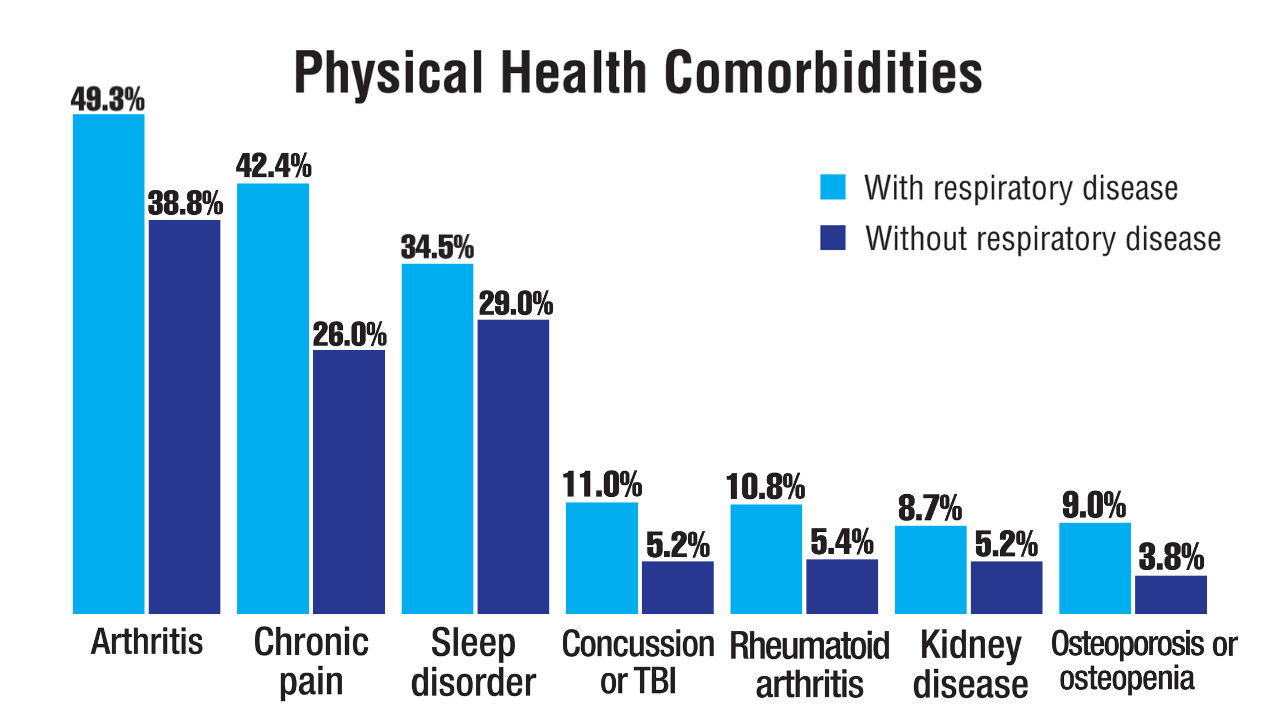 Characteristics of Veterans With Obstructive Respiratory Disease4
Characteristics of Veterans With Obstructive Respiratory Disease4
A recent study examined the prevalence of self-reported diagnosis of obstructive pulmonary disease (eg, asthma, chronic bronchitis, or COPD) and other physical and mental health comorbidities in a nationally representative sample of 3671 veterans. 12.5% of veterans reported obstructive respiratory disease.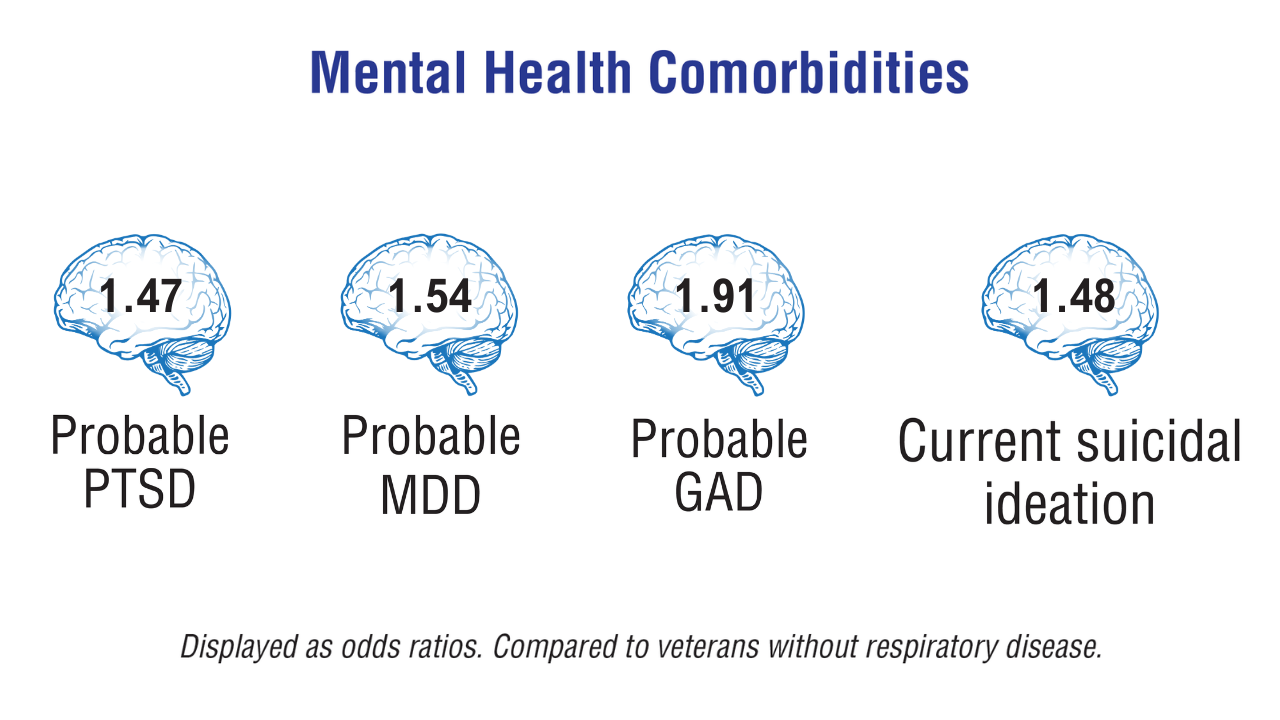 Characteristics of Veterans With Obstructive Respiratory Disease4
Characteristics of Veterans With Obstructive Respiratory Disease4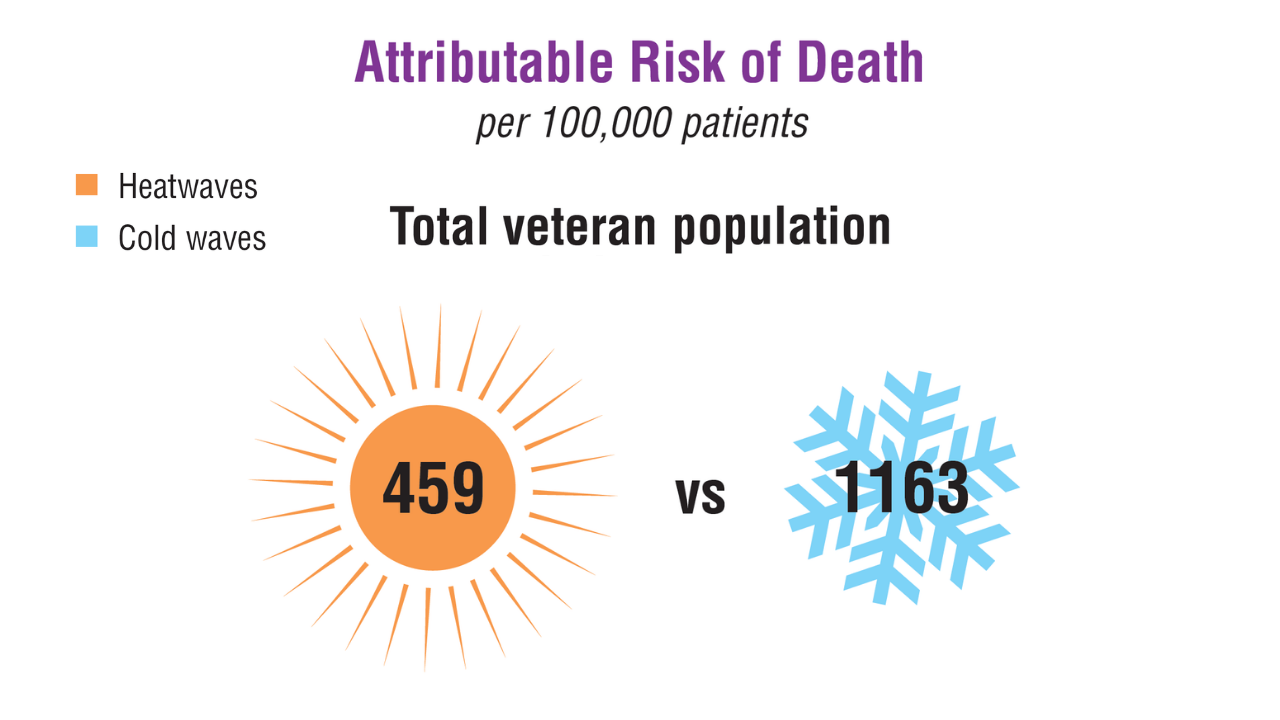 Extreme Weather–Related Mortality in Veterans With COPD8
Extreme Weather–Related Mortality in Veterans With COPD8
A study of 377,545 deceased patients diagnosed with COPD in the VHA looked at the relationship between mortality and heat and cold wave exposure between 2016 and 2021. Attributable risk was calculated to determine the number of excess deaths among veterans with COPD that could be directly linked to heat or cold wave exposure and identify potential at-risk groups. 9% and 7% of all mortality occurred during heatwaves and cold waves, respectively.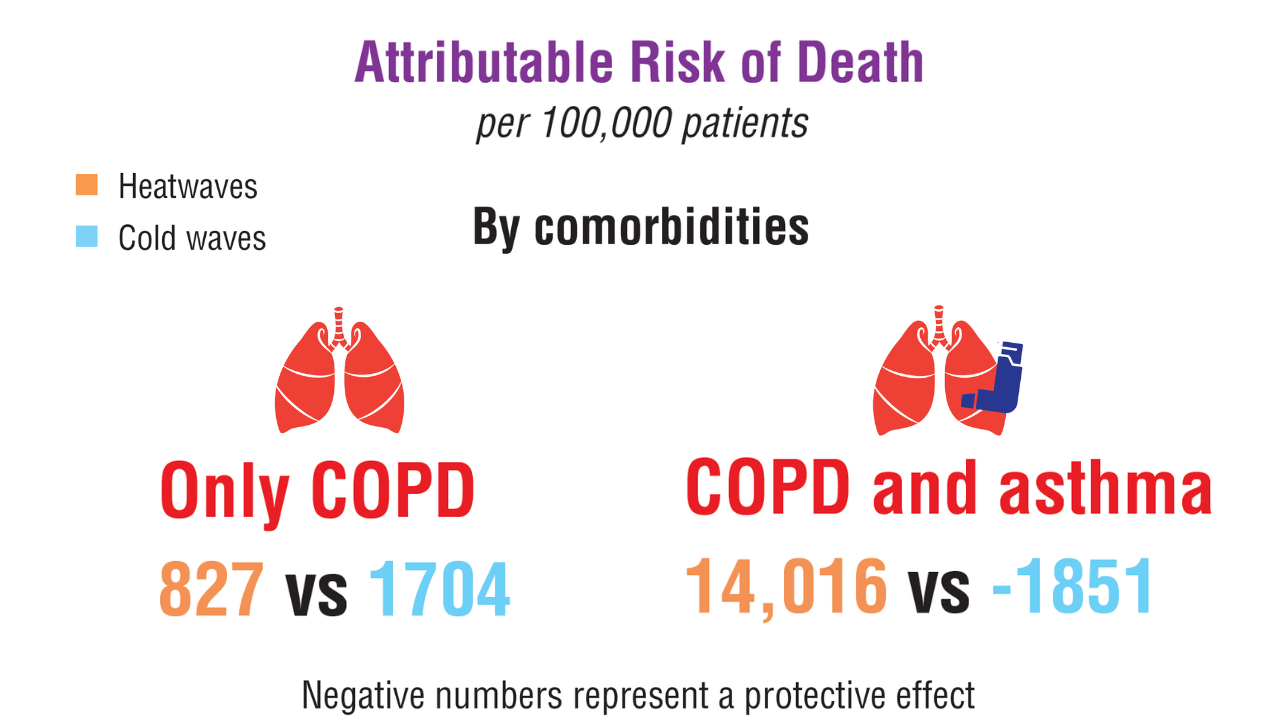 Extreme Weather–Related Mortality in Veterans With COPD8
Extreme Weather–Related Mortality in Veterans With COPD8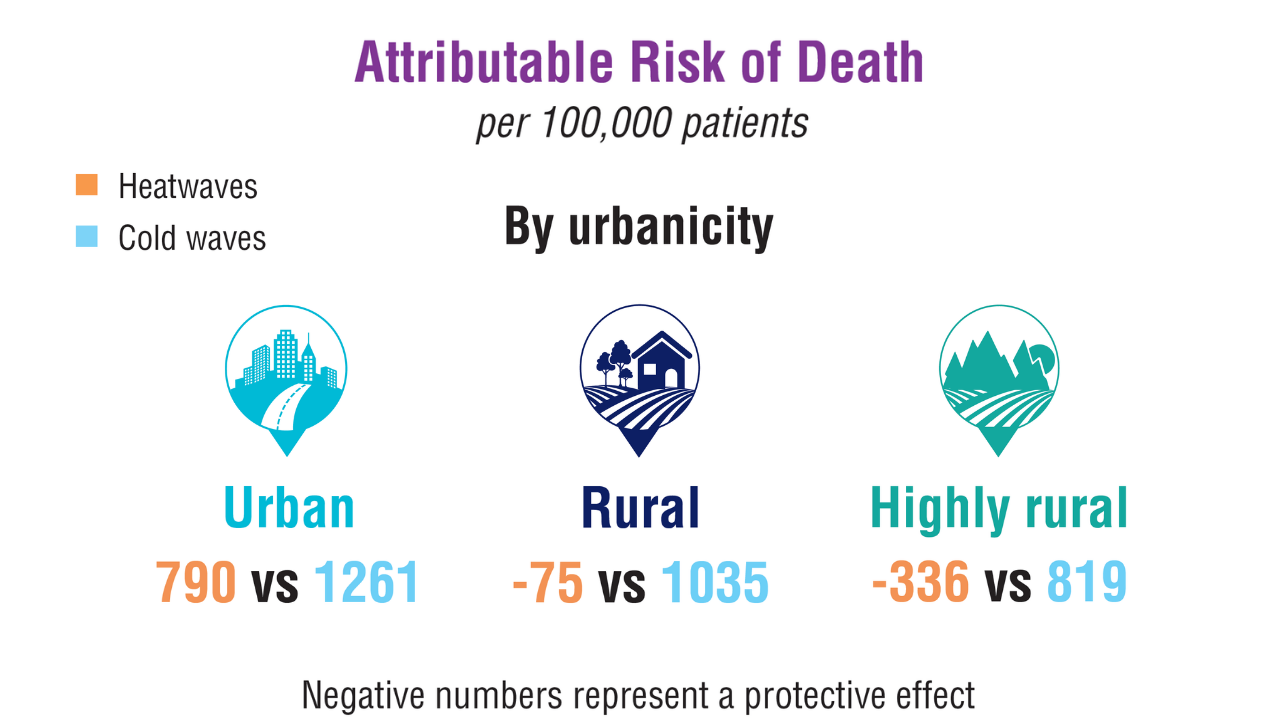 Extreme Weather–Related Mortality in Veterans With COPD8
Extreme Weather–Related Mortality in Veterans With COPD8 Prevalence of OSA in Veterans6
Prevalence of OSA in Veterans6 Characteristics of Veterans With Obstructive Respiratory Disease4
Characteristics of Veterans With Obstructive Respiratory Disease4
A recent study examined the prevalence of self-reported diagnosis of obstructive pulmonary disease (eg, asthma, chronic bronchitis, or COPD) and other physical and mental health comorbidities in a nationally representative sample of 3671 veterans. 12.5% of veterans reported obstructive respiratory disease. Characteristics of Veterans With Obstructive Respiratory Disease4
Characteristics of Veterans With Obstructive Respiratory Disease4 Extreme Weather–Related Mortality in Veterans With COPD8
Extreme Weather–Related Mortality in Veterans With COPD8
A study of 377,545 deceased patients diagnosed with COPD in the VHA looked at the relationship between mortality and heat and cold wave exposure between 2016 and 2021. Attributable risk was calculated to determine the number of excess deaths among veterans with COPD that could be directly linked to heat or cold wave exposure and identify potential at-risk groups. 9% and 7% of all mortality occurred during heatwaves and cold waves, respectively. Extreme Weather–Related Mortality in Veterans With COPD8
Extreme Weather–Related Mortality in Veterans With COPD8 Extreme Weather–Related Mortality in Veterans With COPD8
Extreme Weather–Related Mortality in Veterans With COPD8 Prevalence of OSA in Veterans6
Prevalence of OSA in Veterans6 Characteristics of Veterans With Obstructive Respiratory Disease4
Characteristics of Veterans With Obstructive Respiratory Disease4
A recent study examined the prevalence of self-reported diagnosis of obstructive pulmonary disease (eg, asthma, chronic bronchitis, or COPD) and other physical and mental health comorbidities in a nationally representative sample of 3671 veterans. 12.5% of veterans reported obstructive respiratory disease. Characteristics of Veterans With Obstructive Respiratory Disease4
Characteristics of Veterans With Obstructive Respiratory Disease4 Extreme Weather–Related Mortality in Veterans With COPD8
Extreme Weather–Related Mortality in Veterans With COPD8
A study of 377,545 deceased patients diagnosed with COPD in the VHA looked at the relationship between mortality and heat and cold wave exposure between 2016 and 2021. Attributable risk was calculated to determine the number of excess deaths among veterans with COPD that could be directly linked to heat or cold wave exposure and identify potential at-risk groups. 9% and 7% of all mortality occurred during heatwaves and cold waves, respectively. Extreme Weather–Related Mortality in Veterans With COPD8
Extreme Weather–Related Mortality in Veterans With COPD8 Extreme Weather–Related Mortality in Veterans With COPD8
Extreme Weather–Related Mortality in Veterans With COPD8 Prevalence of OSA in Veterans6
Prevalence of OSA in Veterans6
Click to view more from Federal Health Care Data Trends 2025.
,false